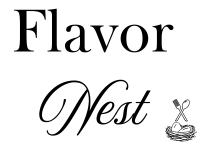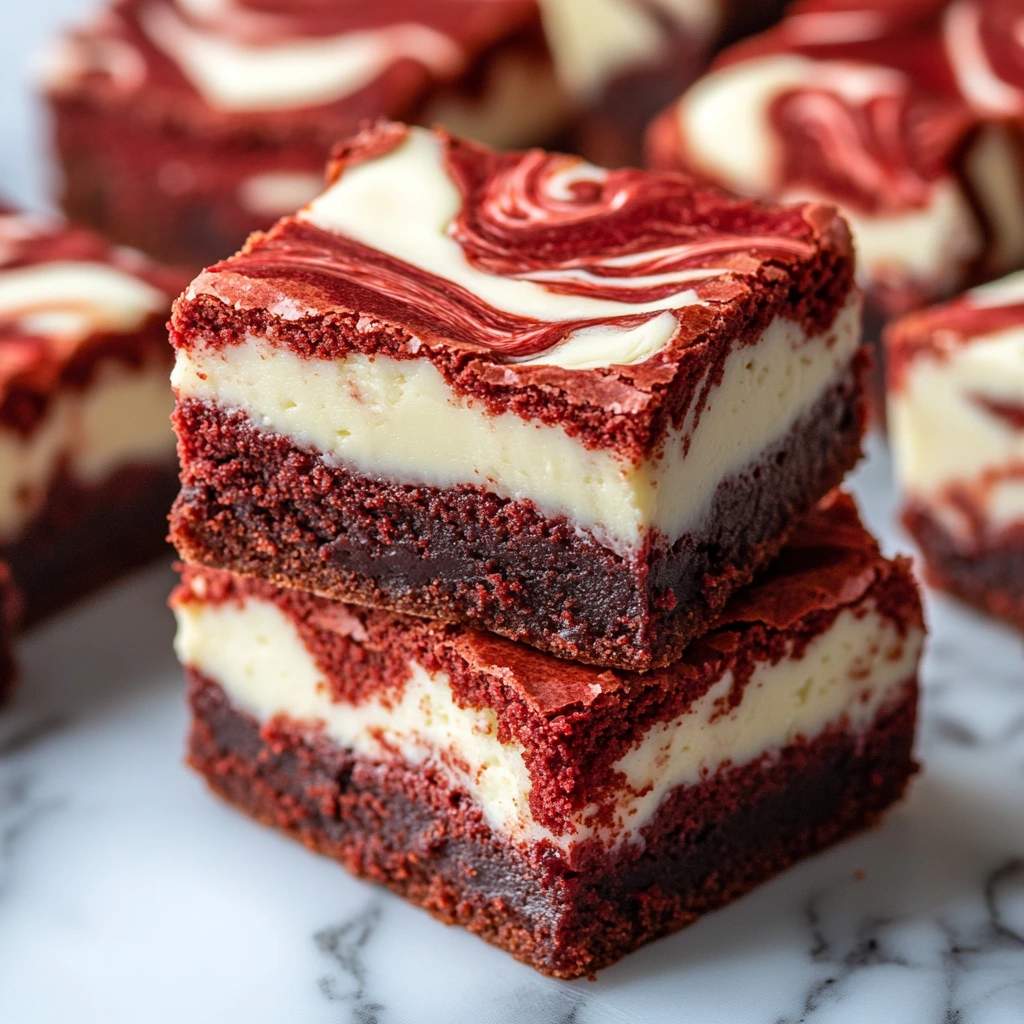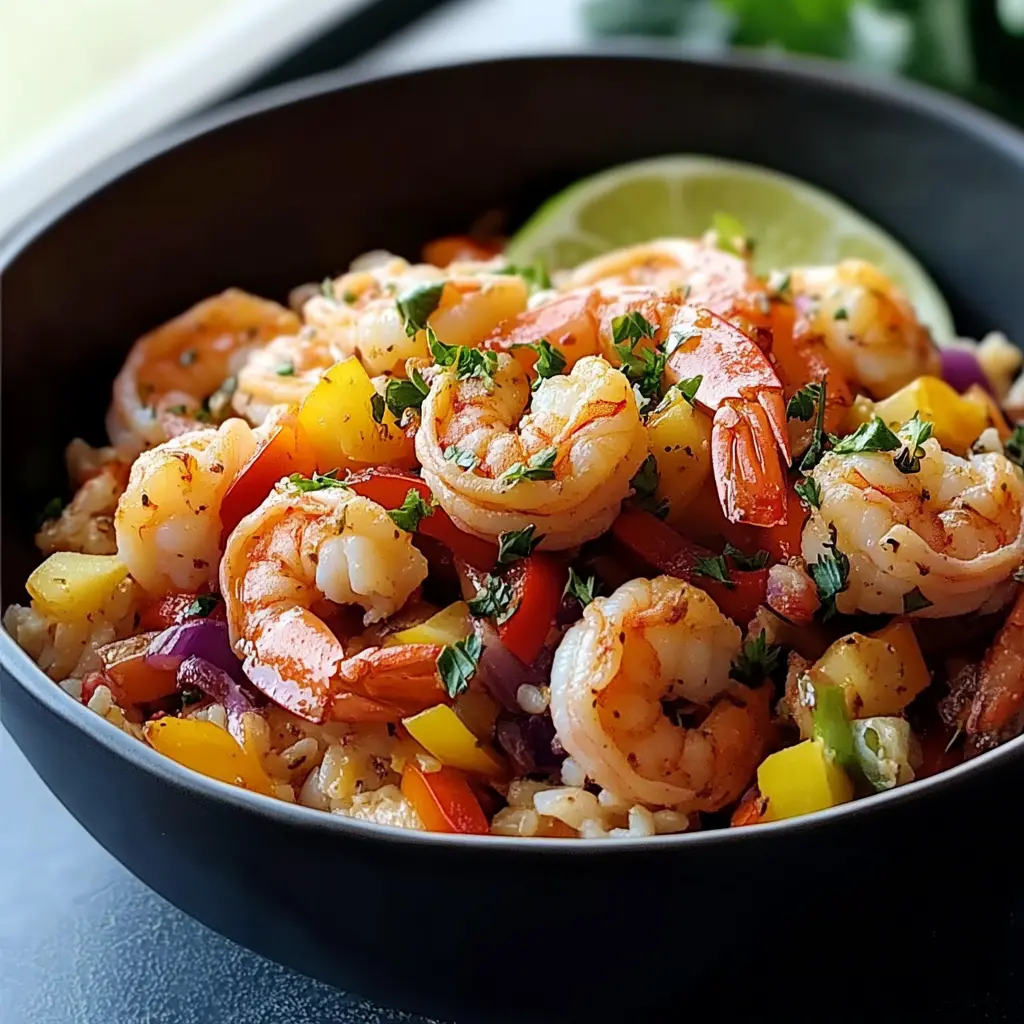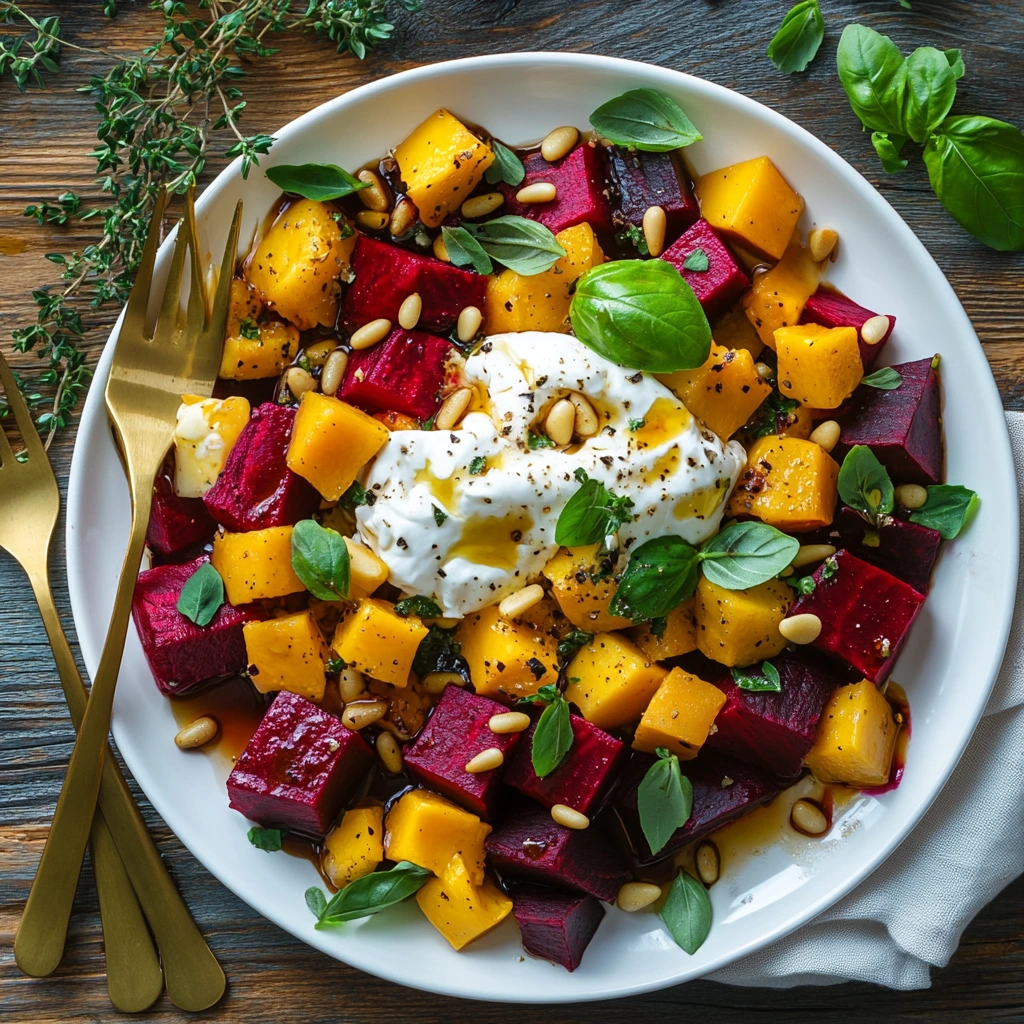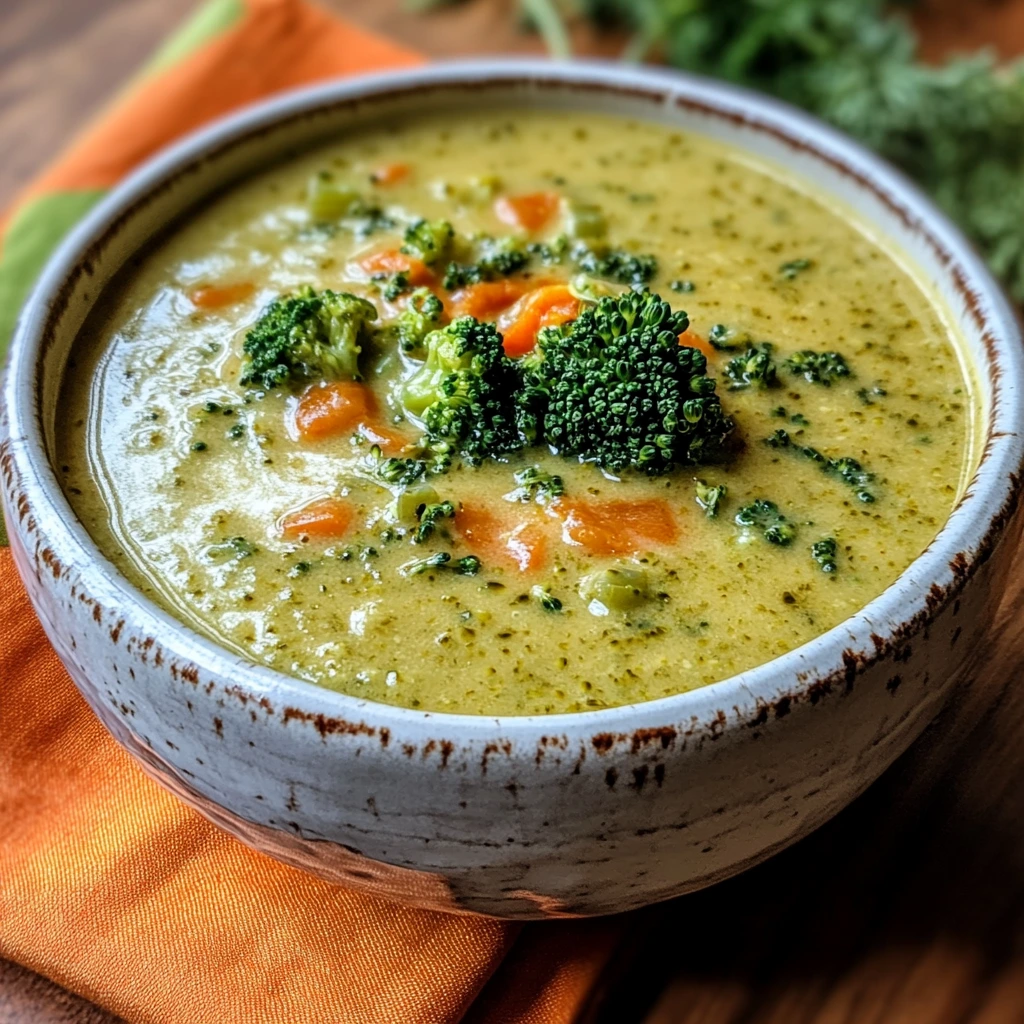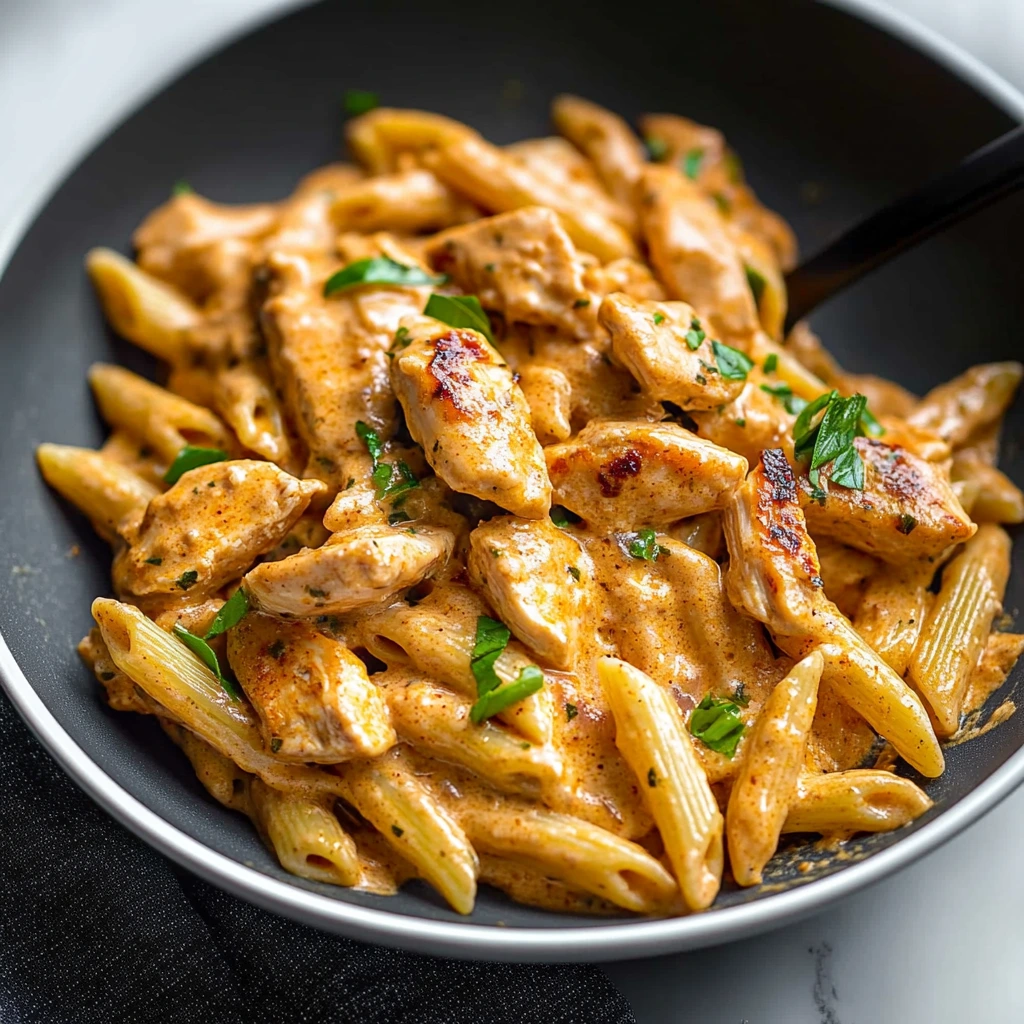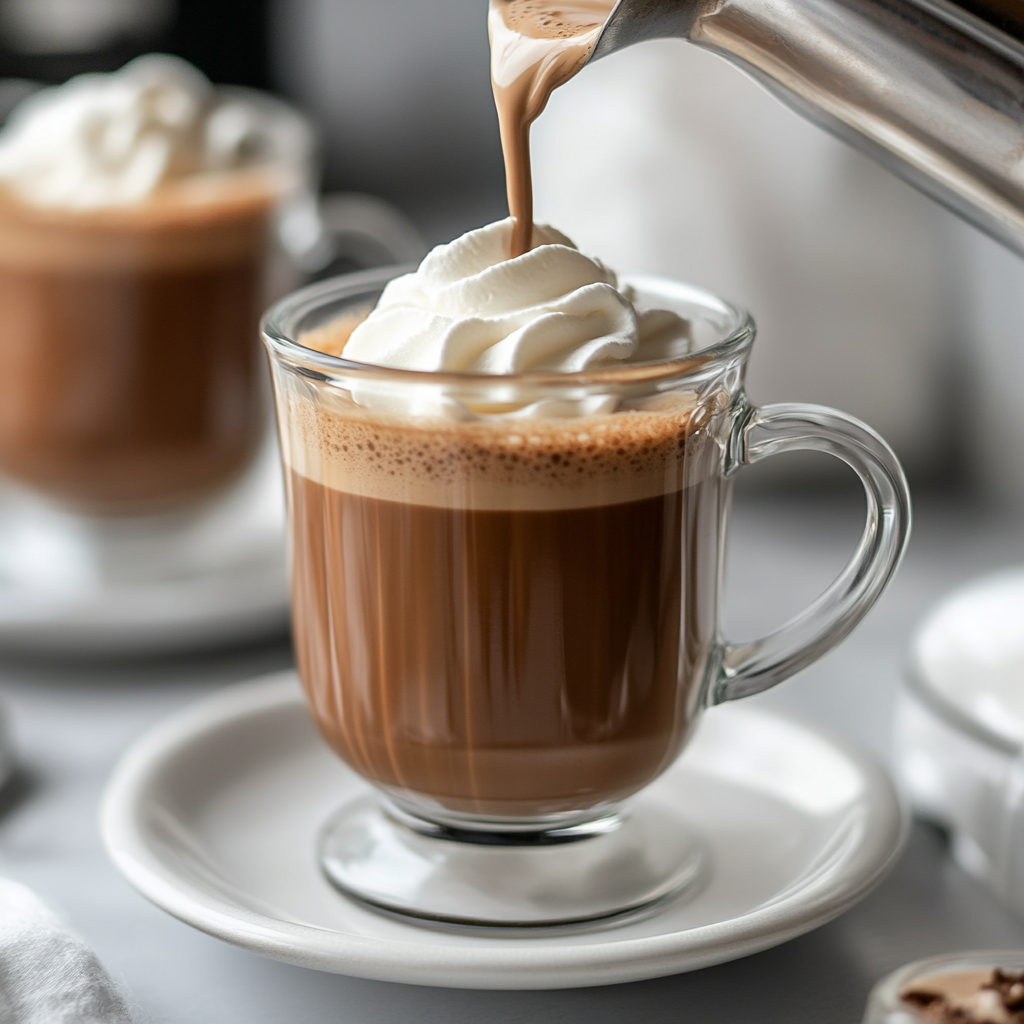Monterey Chicken Spaghetti is a comforting, crowd-pleasing casserole that marries tender shredded chicken, al dente spaghetti, and a luscious, cheese-infused sauce baked to golden perfection. This dish elevates the classic chicken spaghetti by incorporating Monterey Jack cheese and a hint of green chiles, delivering a harmonious balance of creaminess, mild heat, and rich Tex-Mex flavor. Ideal for family dinners, potlucks, and weeknight gatherings, Monterey Chicken Spaghetti offers both familiarity and an exciting twist, making it a staple in many home kitchens across the United States.
At its core, the recipe transforms simple pantry ingredients—pasta, chicken, cheese, and a creamy base—into a cohesive casserole that’s both hearty and satisfying. The interplay of flavors is what sets this variation apart: the mild, buttery notes of Monterey Jack cheese complement the savory chicken, while the chiles contribute a subtle, smoky warmth without overpowering the palate. A final broil adds a bubbling, golden crust that contrasts beautifully with the soft interior.
In this article, you will discover not only the precise steps to recreate Monterey Chicken Spaghetti at home but also a deeper understanding of its origins, the defining characteristics of its namesake cheese, and expert tips for ingredient selection and preparation. Whether you’re a novice cook or an experienced home chef, you’ll gain the confidence to prepare this comforting casserole from start to finish—and perhaps even inspire your own creative variations.
Origins & Evolution
Chicken spaghetti casseroles trace their roots to mid-20th-century American home cooking, where convenience and crowd-pleasing appeal drove the popularity of one-dish meals. As pasta became a pantry staple and canned cream soups gained traction, home cooks began experimenting with combining spaghetti noodles, shredded poultry, and a creamy binder to create effortless yet satisfying dinners.
The “Monterey” twist emerged as Southwestern and Tex-Mex influences permeated American cuisine. Incorporating regional ingredients—green chiles, cumin, and Monterey Jack cheese—provided a fresh take on the traditional casserole. Over time, variations spread through church cookbooks, potluck tables, and family gatherings, each iteration reflecting local tastes and ingredient availability. Today’s Monterey Chicken Spaghetti is the result of decades of culinary adaptation, marrying comfort-food familiarity with the bright flavors of the American Southwest.
What Makes It “Monterey”?
The hallmark of Monterey Chicken Spaghetti is its signature cheese: Monterey Jack. Originating in California in the 19th century, Monterey Jack is a semi-hard cheese known for its mild, buttery flavor and excellent melting qualities. When incorporated into a creamy sauce, it yields a smooth, velvety texture that binds the pasta and chicken together seamlessly.
Beyond the cheese, the addition of mild green chiles—often canned Hatch or Pueblo varieties—introduces a gentle heat and subtle smokiness, hallmark traits of Southwestern cuisine. Seasonings such as cumin, garlic powder, and a touch of paprika further underscore the Tex-Mex influence, distinguishing Monterey Chicken Spaghetti from its purely Southern counterpart. The result is a casserole that feels both familiar and distinctly regional, marrying the comfort of classic chicken spaghetti with the nuanced flavors of the American Southwest.
Ingredient Breakdown
Pasta: Traditional spaghetti works well, but you can also use linguine or fettuccine for a slightly different texture. Cook the pasta just shy of al dente—it will finish cooking in the oven and absorb the sauce.
Chicken: Shredded, cooked chicken breast or thigh meat provides lean protein and a tender bite. Rotisserie chicken is a convenient option, while poaching chicken in seasoned broth yields extra flavor and moisture.
Cheeses: Monterey Jack serves as the star, contributing meltability and creamy richness. Sharp cheddar adds a tangy contrast and color depth; a 50/50 blend of Monterey Jack and cheddar is a classic choice. For extra creaminess, a small amount of cream cheese can be stirred into the sauce.
Sauce Base: A combination of condensed cream of chicken soup and sour cream or Greek yogurt creates a silky binder. For a lighter version, substitute half the soup with plain Greek yogurt and use reduced-fat cheese. Whole milk or heavy cream can be added for extra richness.
Seasonings & Add-Ins: Minced garlic and diced white onion form the aromatic foundation. Canned diced green chiles offer mild heat; drain them well to avoid a soupy casserole. Spices such as ground cumin, smoked paprika, and a pinch of cayenne can be tailored to taste. Fresh cilantro or chopped green onions make bright finishing garnishes.
Vegetable Mix-Ins (optional): Frozen corn, diced bell peppers, or chopped spinach boost color, nutrition, and textural interest. Sauté vegetables briefly before combining to remove excess moisture.
Equipment & Prep Tips
Bakeware: A 9×13-inch glass or ceramic baking dish distributes heat evenly and allows you to monitor browning. Nonstick or well-seasoned pans prevent sticking.
Utensils: A large pot for boiling pasta, a mixing bowl for combining ingredients, and a whisk for smoothing the sauce. A spatula or wooden spoon helps fold ingredients without mashing.
Prep-Ahead Strategies: Cook and shred chicken up to two days in advance; store in an airtight container in the refrigerator. Grate cheese and chop aromatics the night before to save active cooking time. Assemble the casserole in the morning, cover with foil, and refrigerate until baking—this melds flavors and simplifies weeknight meal prep.
Keep dairy ingredients cold until mixing to prevent premature separation. Preheat the oven fully before sliding in the casserole for consistent rise and browning.
Step-by-Step Cooking Instructions
1. Poaching or Roasting the Chicken
Place 1.5 pounds of boneless, skinless chicken breasts in a saucepan. Cover with water or low-sodium chicken broth, add a bay leaf and a pinch of salt, and bring to a gentle simmer over medium-low heat. Cook for 12–15 minutes, until the internal temperature reaches 165°F. Remove from heat, let rest five minutes, then shred with two forks. If using rotisserie chicken, discard skin and bones and shred meat.
2. Cooking the Pasta Al Dente
Bring a large pot of salted water to a rolling boil. Add 12 ounces of spaghetti and stir to prevent sticking. Cook for 1–2 minutes less than package directions, aiming for firm noodles. Drain thoroughly and rinse briefly under warm water to remove excess starch.
3. Making the Cheese Sauce
In a medium bowl, whisk together one 10.5-ounce can of cream of chicken soup, 1 cup of sour cream, and ½ cup of whole milk until smooth. Stir in 2 teaspoons ground cumin, 1 teaspoon smoked paprika, and ½ teaspoon garlic powder. Fold in 2 cups shredded Monterey Jack and 1 cup shredded sharp cheddar, reserving ½ cup of each cheese for topping.
4. Combining & Seasoning
In a large mixing bowl or directly in the 9×13-inch baking dish, combine the shredded chicken, cooked spaghetti, sauce mixture, and one 4-ounce can drained diced green chiles. Gently fold until noodles are evenly coated. Taste and adjust seasoning with salt, black pepper, or a pinch of cayenne. Spread mixture evenly in the prepared dish.
5. Baking to Golden Perfection
Preheat oven to 350°F. Sprinkle the reserved 1 cup of cheese evenly over the top. Cover with foil and bake for 20 minutes. Remove foil and bake for an additional 10–15 minutes, until cheese is bubbly and lightly browned. For an extra-crispy top, switch to broil for the final 2–3 minutes—watch closely to prevent burning. Let rest five minutes before serving to allow the casserole to set.
Common Variations & Substitutions
Monterey Chicken Spaghetti is highly adaptable. Swap shredded chicken for ground turkey, pulled pork, or cooked sausage to change flavor and texture. For a vegetarian spin, use canned beans or crumbled tofu seasoned with taco spices. Replace cream of chicken soup with homemade béchamel or dairy-free alternatives to control sodium and additives. To lighten the casserole, use whole-wheat or gluten-free pasta and substitute half the cheese with part-skim mozzarella. For a richer result, stir in a few ounces of cream cheese or mascarpone. Green chiles can be swapped for diced jalapeños or roasted poblano strips for varying heat levels. Add vegetables such as corn, bell peppers, or zucchini for color and nutrition—sauté them first to prevent excess moisture. If you prefer a smoky depth, stir in a teaspoon of chipotle in adobo. For a low-carb version, use spiralized zucchini or spaghetti squash. Finally, experiment with seasoning—smoked paprika, ancho chili powder, or a dash of hot sauce can tailor the profile to your taste.
Serving Suggestions & Pairings
Pair Monterey Chicken Spaghetti with bright, crisp sides to balance its creaminess. A simple green salad dressed with lemon vinaigrette cuts through the richness, while chopped romaine or butter lettuce adds refreshing crunch. Warm, crusty bread or garlic breadsticks are ideal for scooping up any extra sauce. For a Southwestern flair, serve alongside a fresh tomato-avocado salad tossed with cilantro and lime. Beverage pairings include a chilled Sauvignon Blanc or a light Mexican lager; both complement the casserole’s mild heat and creamy texture. Non-alcoholic options such as iced tea with a splash of lime or sparkling water infused with cucumber and mint add palate-cleansing acidity. Finish the meal with a light dessert—fruit sorbet or grilled pineapple slices—to contrast the savory main course and leave diners feeling satisfied but not overstuffed.

Storage & Reheating
Cool the casserole briefly, then cover tightly with foil or plastic wrap. Store in the refrigerator for up to four days or freeze in an airtight container for up to three months. To reheat refrigerated portions, bake at 325°F for 15–20 minutes, covered, until warmed through; uncover for the last five minutes to refresh the cheese topping. For frozen casseroles, thaw overnight in the fridge, then follow the same reheating steps. Individual servings can be microwaved on medium power for 2–3 minutes, stirring halfway, to ensure even heating without drying.
Nutritional Breakdown
A typical 1½-cup serving of Monterey Chicken Spaghetti provides approximately 450–500 calories, depending on cheese and cream soup choices. It delivers around 25–30 grams of protein from chicken and cheese, and 40–45 grams of carbohydrates primarily from pasta. Total fat content ranges between 20–25 grams, with saturated fat comprising roughly 8–10 grams. You’ll find approximately 2–3 grams of dietary fiber and 4–6 grams of sugar, mainly from dairy ingredients. Sodium can be high—up to 800–900 milligrams per serving—so opt for reduced-sodium soup and low-sodium broth when possible. To lower calories and fat, substitute Greek yogurt for sour cream, choose part-skim cheeses, and increase vegetable content.
Troubleshooting Common Issues
If the sauce is too thin, whisk in a tablespoon of flour or cornstarch slurry (equal parts starch and cold water) before baking. For overly thick sauce, stir in a few tablespoons of milk or broth until you reach the desired consistency. Mushy noodles indicate overcooking; next time, drain spaghetti one to two minutes before the package’s recommended time. If the casserole turns out dry, ensure vegetables are well-drained and chicken isn’t over-shredded. A dry top? Cover with foil for the first part of baking, then uncover to achieve even browning. To prevent separation or curdling, keep dairy ingredients cold until mixing and avoid overly high oven temperatures.
Frequently Asked Questions
Can I make Monterey Chicken Spaghetti ahead of time?
Yes. Assemble the casserole up to 24 hours in advance, cover, and refrigerate. Bake from cold, adding five to ten minutes to the baking time, or let it come to room temperature for more even heating.
What type of cheese melts best?
Monterey Jack is ideal for its mild flavor and smooth melt. Combining it with sharp cheddar adds tang and color. Avoid pre-shredded cheese with anti-caking agents—they can inhibit melting.
How do I prevent the noodles from getting mushy?
Under-cook spaghetti by one to two minutes; it will finish cooking in the oven while absorbing sauce. Rinse briefly under warm water to remove excess starch, which can cause clumping and gummy texture.
Can I freeze this casserole?
Yes. Cool completely, wrap tightly, and freeze for up to three months. Thaw overnight in the refrigerator before baking. You may need to add a few extra minutes to the baking time.
Is there a stovetop version?
Absolutely. Cook chicken, onions, and seasonings in a deep skillet, add sauce ingredients and drained pasta, then simmer until thickened. Top with cheese, cover until melted, and serve immediately.

Monterey Chicken Spaghetti
Description
Monterey Chicken Spaghetti is a comforting one-dish casserole that brings together tender shredded chicken, perfectly al dente spaghetti, and a creamy, cheese-laden sauce enhanced by mild green chiles. Baked until bubbly and golden, it delivers the familiar warmth of classic chicken spaghetti alongside the buttery melt-in-your-mouth richness of Monterey Jack and sharp cheddar. Ideal for weeknight dinners, potlucks, or meal prep, this versatile recipe can be tailored to your taste with simple swaps—from extra veggies to alternative proteins—while still delivering a satisfying, family-friendly meal.
Ingredients
- 12– oz dried spaghetti
- 4 cups chopped cooked chicken
- 1 (16-oz) container sour cream
- 2 (10.5-oz) cans Unsalted Cream of Chicken Soup
- 1 (10-oz) package frozen spinach, thawed and drained
- 2 cups shredded Monterey Jack cheese, divided
- 2 garlic cloves minced
- 1 (6-oz) can French’s French Fried Onions, divided
Instructions
-
Preheat oven to 350ºF. Lightly spray a 9×13-inch pan with cooking spray.
-
Cook spaghetti according to package directions. Drain.
-
In a large bowl, combine cooked chicken, cream of chicken soup, sour cream, drained spinach, 1 cup cheese, garlic and ½ can of French’s French Fried Onions.
-
Stir in cooked spaghetti. Pour into prepared pan.
-
Sprinkle remaining shredded cheese and onions on top of pasta mixture.
-
Bake, uncovered, for 40 to 50 minutes.
Notes
- Make-ahead: Assemble the casserole up to 24 hours in advance, cover tightly, and refrigerate. Add an extra 5–10 minutes to the baking time when cooking from cold.
- Cheese selection: For best melt and flavor, shred blocks of Monterey Jack and sharp cheddar yourself—pre-shredded bags often contain anti-caking agents that can inhibit smooth melting.
- Pasta timing: Undercook the spaghetti by 1–2 minutes; it will finish absorbing the sauce during baking and remain perfectly tender.
- Vegetable add-ins: Sauté any extra vegetables (bell peppers, corn, spinach) first to remove excess moisture and prevent a runny casserole.
- Low-sodium swap: Use reduced-sodium cream soup and broth, and season to taste at the end to control salt levels.
- Freezing & storage: Cool completely, then wrap tightly and freeze for up to three months. Thaw overnight in the fridge before baking. Leftovers can be stored in the refrigerator for up to four days.
- Reheating: Cover with foil and bake at 325°F for 15–20 minutes, or microwave individual portions on medium power in 1-2 minute increments, stirring halfway through.
- Troubleshooting: If the sauce seems thin, whisk in 1 tbsp. of cornstarch mixed with 1 tbsp. cold water before baking; if too thick, stir in a splash of milk or broth until just right.
